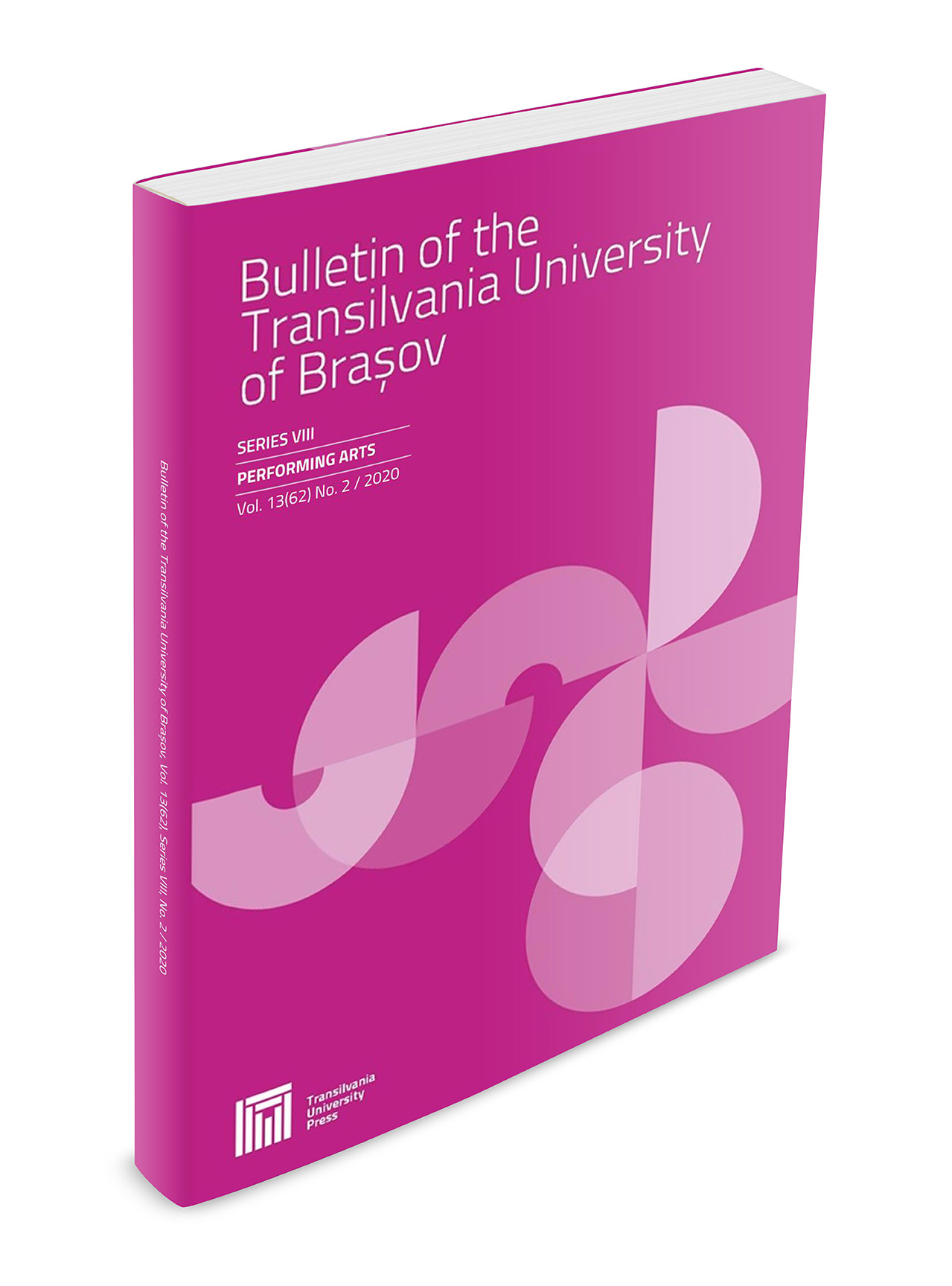Journal information
 |
Title: Bulletin of the Transilvania University of Brasov. Series VIII: Performing Arts Publishing House: Transilvania University Press 1 (up to the year 2010 inclusively) ISSN (Print): 2344-200X ISSN (Online): 2971 – 9771 ISSN-L: 2344 – 200X CNCSIS code: 926 |



